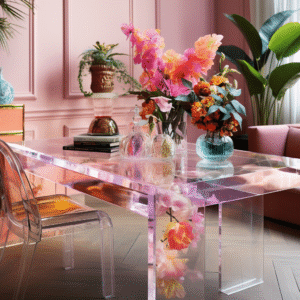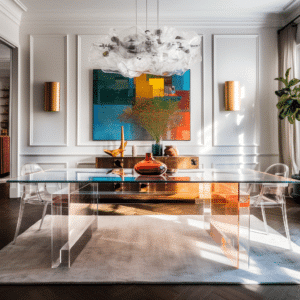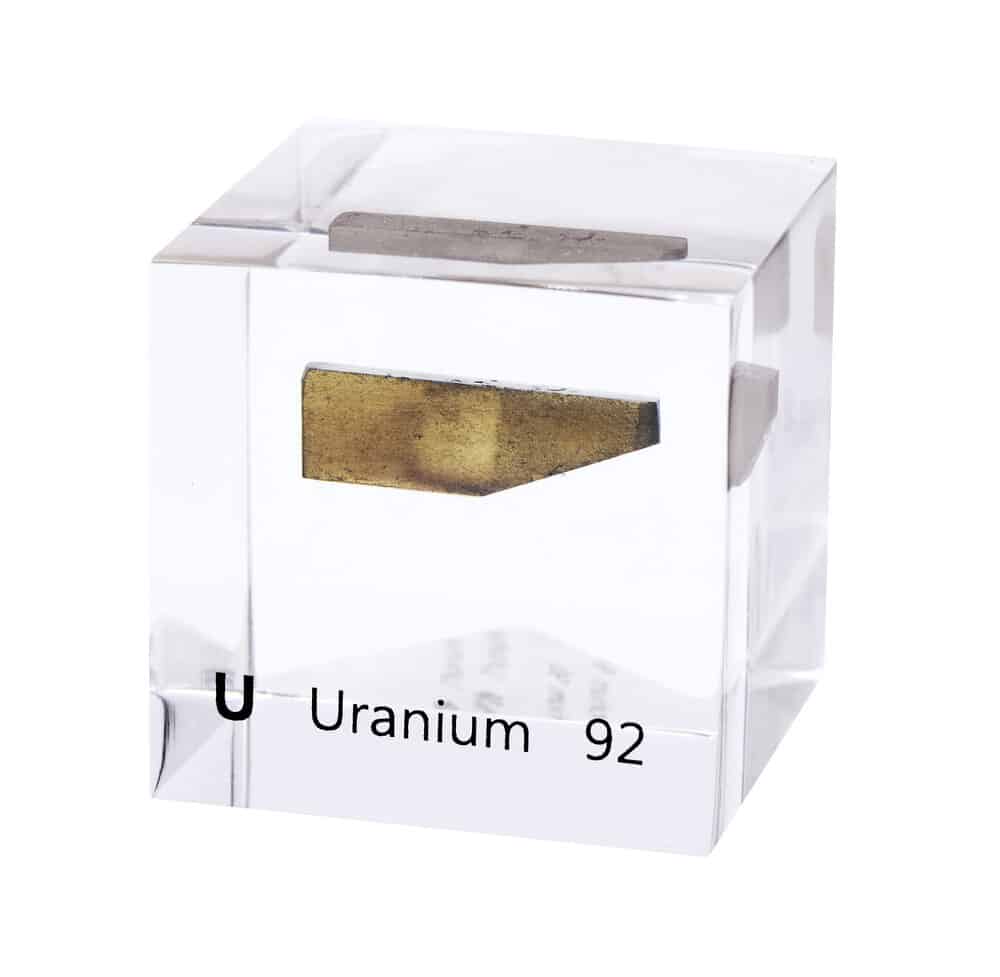Lucite manufacturing process is an organic compound that is synthetic in origin. The high molecular weight material is made from simple ester methyl methacrylate molecules and long chains. Polymerization is the process utilized to help produce commercial Lucite, also called Plexiglas or Perspex. Lucite is the trade name for polymethyl methacrylate. Lucite has good stability and excellent resistance to shock and weathering. The colorless material is highly transparent, but it can be tainted by adding other substances that make it opaque.
Objects made from Lucite have the ability to keep light reflected within their surface. Therefore, it has the unusual potential of carrying a beam of light around bends, pipe corners, or sheet through the edges. Generally, Lucite-produced products are more durable and of high quality compared to other items made of other materials. The aspects of durability, flexibility, impact resistance, lightweight and excellent quality of Lucite make them very expensive.
Lucite-made products may be more expensive initially, but they will pay for themselves in the long run because they are strong enough to withstand the test of time. Lucite is mostly used to make windows, aircraft canopies, and boat shields. They can also manufacture medallions, camera lenses, automobile stop/taillights, and ornaments. In the medical field, Lucite is used to make devices for illumination and visualization of the interior organs to help in diagnosis and appropriate treatment.
Table of Contents
Why is Lucite So Expensive? Here are the Main Reasons

Strength and Durability
Lucite is more costly than glass or plastic because they are considerably strong and durable. Lucite is used in larger aquarium tanks to store more water. A hundred gallons of freshwater is too much even with good glass.On the other hand, Lucite tank is the greatest choice because of its immense strength and prolonged longevity.
Light in Weight
Lucite is less than half the weight of glass. The material’s minimal weight allows you to use it without too much straining. Because of the lightweight nature of Lucite, such sets are simple and enjoyable to use. That also increases the demand and subsequently the price.
Did you know that Lucite makes up a large amount of the compounds used in dental fillings? As a result, the field of cosmetic surgery makes appropriate use of Lucite and the outcome is always satisfactory. Many people are running for the same to improve their appearance and the price of Lucite is climbing higher.
Some homes require a skylight to provide adequate lighting in gloomy, poorly ventilated areas. The housing foundations and frames should be harmed with the necessary weight because the lighter components are easier to install and maintain.
Shaping and Styling Flexibility
Despite resisting expansive pressure and weight, Lucite products are also lighter. As a result, Lucite-made items are more adaptable in terms of application. Most people prefer acrylics because they are simpler to handle due to their reduced weight.
Lucite may be twisted during manufacture, unlike glass. They’re easily shaped and designed. Lucite adapts and helps. Flexibility and variety raise Lucite’s price. The versatility of acrylic plastic’s shapes, colors, transparency, and finishes may be a benefit. Only the most innovative fields employ Lucite for this reason. Everyday life has beautiful rewards and acrylic applications. Lucite can do everything glass can, and more.
Transparency
With superior manufacture, a maximum of 92 percent transparency may be achieved. In reality, when Lucite is compared to glass, it’s superior for two reasons. First, unlike thick glasses, it does not develop a green tinge, and it doesn’t turn yellow or fade with prolonged exposure to sunshine. Secondly, its transparency won’t weaken even with progressive wear and tear.
Great Impact Resistance
Lucite has a tensile strength of more than ten thousand pounds. The hold is realistic for every square inch. Compared to regular glass, impact resistance is multiplied by 5 or 16 times. When a significant impact occurs, the Lucite material can resist breaking. Lucite manufacturing process by any other methods, you obtain large, dull-cornered bits.
High-impact resistance is required while facing formidable prison and mental health challenges. You can use Lucite for anything from a sliding glass door to a shower enclosure or a security barrier. Lucite is commonly used for hockey rink walls and baseball field fences.
Is Lucite Eco-friendly?

Lucite has the advantage of undergoing simple molding to produce desired shapes and forms, making it excellent for design. It is the most preferred alternative due to its durability and strength, as well as its adaptability.
Another significant benefit of Lucite over other materials is that it allows the product manufacturers to customize their items in color, size, and shape. The durability, in particular, has a longer lifespan than many other materials, implying that items would survive for a long period. Apart from that, there is a thinking that Lucite is eco-friendly. Is it true? What are the realities about acrylic’s environmental impact?
The largest issue with Lucite plastic isn’t its use in everyday items or even its durability; it’s the manufacturing process known to emit harmful gases, raising doubts about the practicality of attempting to restrict manufacture in an indoor setting.
Lucite cannot degrade naturally due to its composition. Lucite substitutes various natural resources and forest products that would be burned during disposal, therefore these arguments are often disputed. Beats natural materials that are obsolete due to improper disposal.


